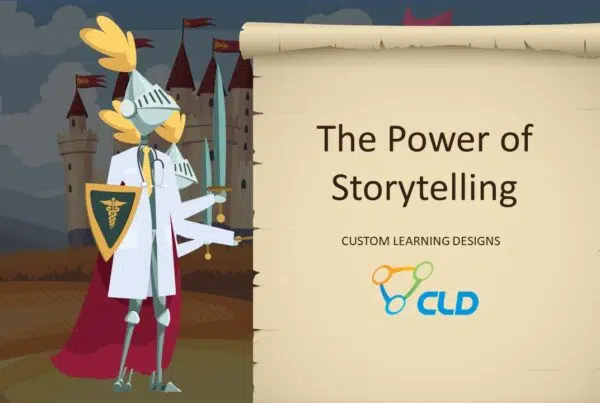Karin Hawkinson
The new class-wide Risk Evaluation and Mitigation Strategy (REMS) for extended-release and long-acting (ER/LA) opioids made headlines in July when it was finally approved after 3 years of effort. A REMS is a required risk management plan, enacted through the Food and Drug Administration Amendments Act (FDAAA) of 2007, that goes beyond drug labeling to ensure that the benefits of a drug or biologic product outweigh its risks. Overall, a REMS focuses on the post-approval safety of a drug or biologic product.
For drugs or biologics approved since March 2008, when the act took effect, a REMS has been included with the approval letter when deemed necessary. The FDA can also require the development of a REMS after a product’s approval, which means that those approved prior to March 2008 are also subject to the Act. In fact, just 2 days after the FDAAA was enacted, the FDA published a list of 16 approved drug and biologic products that were now required to submit a REMS proposal.
Depending on the product, a REMS can include a:
- Medication Guide or patient package insert
- Communication plan to healthcare providers
- Elements to Assure Safe Use (ETASU), which can include dispensing only through specially certified settings, a patient registry, and other conditions
- An implementation system related to the ETASU
The FDA has approved REMS for approximately 200 individual products, and over 120 of these have been approved and released. There are far fewer class-wide REMS like the recent REMS for ER/LA opioids.
So what does REMS mean in terms of pharmaceutical training? In the case of ER/LA opioids, the manufacturers are required to develop educational materials for prescribers and patients—that is, external training. But is also important that each company provide internal training for sales representatives, account managers, and other employees so that they can appropriately respond to their customers.
CLD has experience developing training materials on REMS, as well as the topic of opioids. To learn more about CLD’s capabilities, click here.




